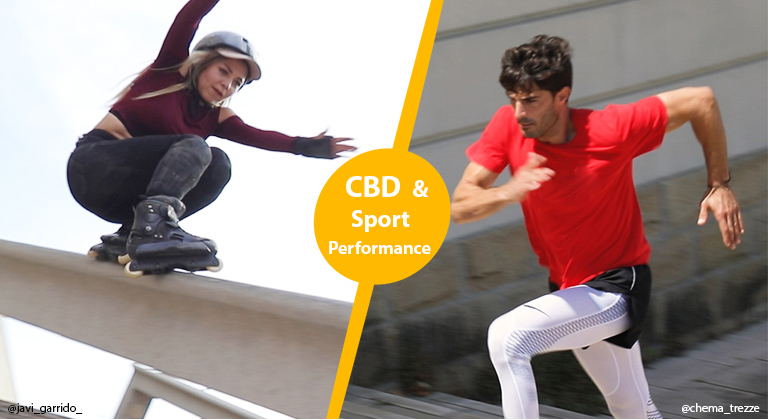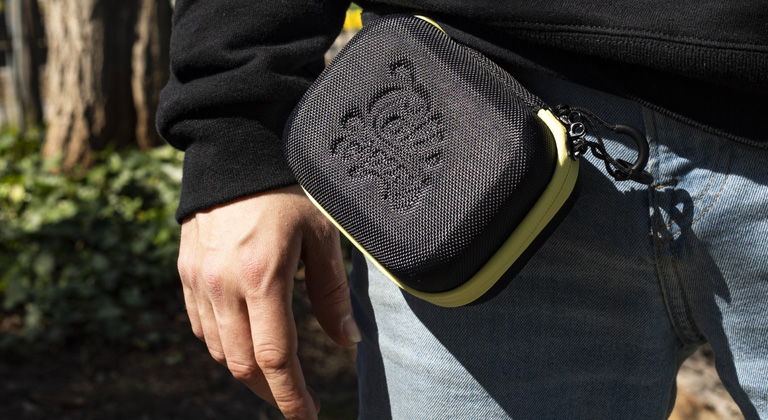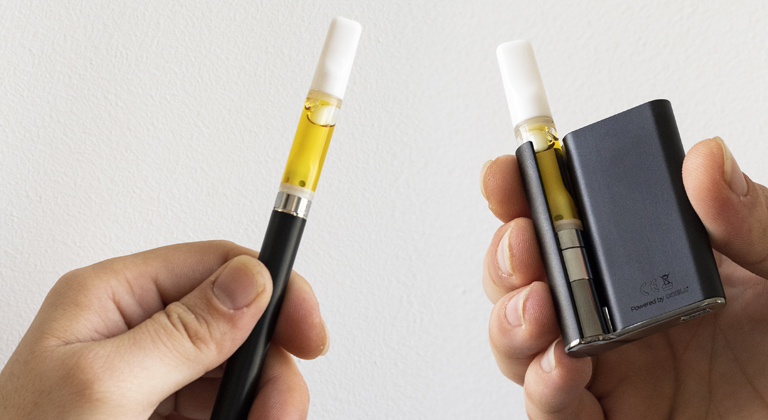We already know a lot about the benefits of CBD when it comes to day to day life, but do you know how it can be used in sports? Do you know which strain and concentration of CBD is best for each moment? Find out all this and more in this post.
What is CBD?
CBD, or Cannabidiol, is one of the main cannabinoids which can be found in cannabis plants. Up until a few years ago, we hardly knew anything about this compound, as it was usually relegated to second place behind the most psychoactive cannabinoid, THC.
However, CBD has properties which including treating a type of aggressive infantile epilepsy known as Dravet syndrome, brought it to light and now we have numerous studies which indicate CBD’s multiple health benefits.
Up until this discovery, breeders would focus on creating or discovering strains high in THC or with intense aromas. However, nowadays the search for new cannabinoids which can provide benefits to consumers has launched a large amount of CBD rich strains onto the market, as well as strains high in other cannabinoids such as THCV or CBG.
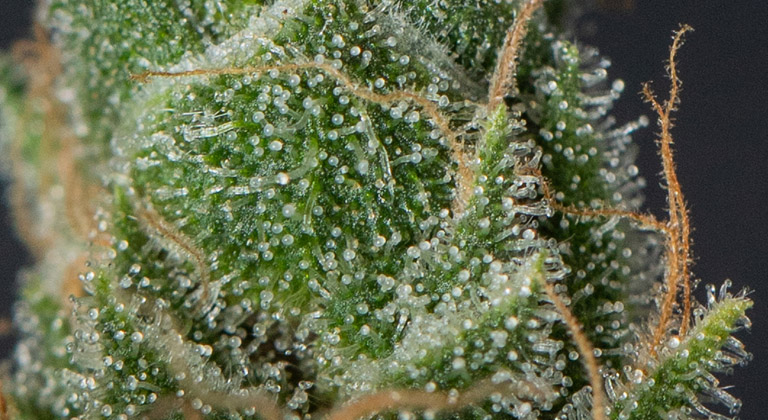
What are CBD’s Properties?
Cannabidiol has been the subject of many different scientific and public interest studies over the last few years due to its therapeutic properties:
- Pain relief
- Reduces nausea
- Anti-inflammatory
- Neuroprotector
- Anticonvulsive
- Anxiolytic
- Muscle relaxant
Many scientific studies have upheld the benefits of CBD but… is it really efficient when it comes to muscle relief after exerting yourself?
In order to answer this question we have to clear up a few concepts…
Why do Your Muscles Hurt After Doing Sports?
After doing exercise, sometimes you can experience sore muscles known as delayed onset muscle soreness this happens (especially in those who don’t exercise regularly) due to damage done to muscle fibres due to over-exerting yourself.
These micro-injuries cause inflammation, which is when you feel the pain associated to exercising; your body begins releasing substances which cause nociceptive stimuli, which means that they stimulate your nervous system. This process can last hours to days depending on the intensity and amount of micro-breakages.
CBD and Muscle Inflammation
Thanks to scientific studies, we’ve proven that our body has a system of cell receptors called the endocannabinoid system. This is a series of receptors around the body which, as well as interacting with endocannabinoids produced by the body, also interact with cannabinoids produced by cannabis.
During this interaction, the endocannabinoid system activates different mechanisms that contribute to homeostasis, which is to say the general equilibrium of the human body.
As we were saying above, scientists have discovered that CBD interacts with some of the receptors in our endocannabinoid system, producing certain beneficial health benefits, including acting as a potent anti-inflammatory.
This is why this cannabinoids is becoming increasingly popular in order to avoid muscle pain after doing sports. However, this isn’t the only reason for the inclining CBD use among athletes…
Can CBD Help Muscle Recover after Sports?
CBD has various beneficial properties that can contribute to improving physical health after exertion:
- It reduces muscle inflammation, which is essential for recovery. Whether it’s inhaled, ingested or applied on the skin, cannabidiol can help to considerably reduce inflammation and, therefore, pain.
- It also reduces muscle stiffness. After doing high intensity sports, muscles can end up feeling a bit more stiff than usual, especially if you don’t stretch properly afterwards. This stiffness can also cause pain, and in some cases it can be so strong that some people take muscle relaxants. CBD is efficient at fighting muscle stiffness and tension without producing the same negative side effects as the previously mentioned medications. A healthier and natural alternative that is much less aggressive for the body.
- It can relieve pain. As well as being an anti-inflammatory, CBD also has pain relief properties that can help deal with muscle pain.
- It improves sleep quality; there’s nothing better than a great night’s sleep after a hard training session. In such cases, CBD’s anxiolytic and relaxing properties can be incredibly helpful.
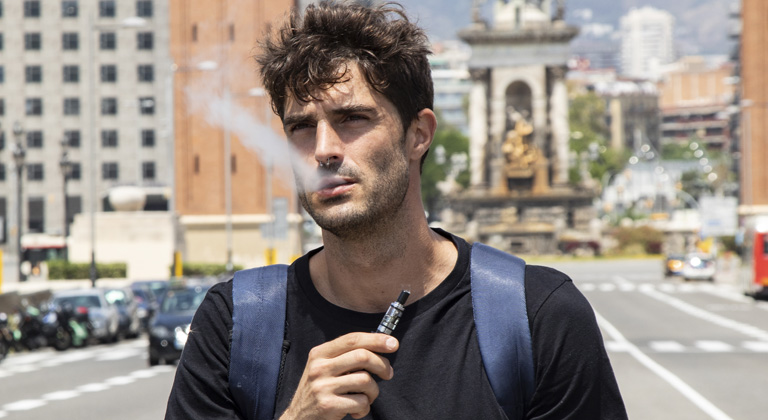
Professional Athletes’ Opinions
We wanted to investigate this a bit more, which is why we got in touch with two athletes regarding their experience with this issue. Not too long ago, we interviewed Javiera Garrido (@javi_garrido), professional skater, who explained that CBD helped her with performance:
“I was born and raised in Chile, where they always taught me that cannabis is a drug that leads you down the wrong path. Luckily, this mentality regarding consuming cannabis is slowly changing. Although, it’s also true that cannabis is still quite stigmatized in sports. For example, there are antidoping and THC tests in competitions, as it’s prohibited due to its psychoactive effect.”
“However, many people don’t know much about the benefits of non-psychoactive cannabinoids such as CBD. High performance athletes are constantly going through intense and high impact training, and pain after training is simply unavoidable, there’s swelling, bruising, muscle pain…”
“A lot of the time, that pain can effect performance in a competition. Plus, your mental state is also important when it comes to sports and athletes. In my experience, rather than taking an ibuprofen for pain, CBD helps to reduce inflammation, while also reducing anxiety and allow you to relax. Recovery is much faster with CBD.”
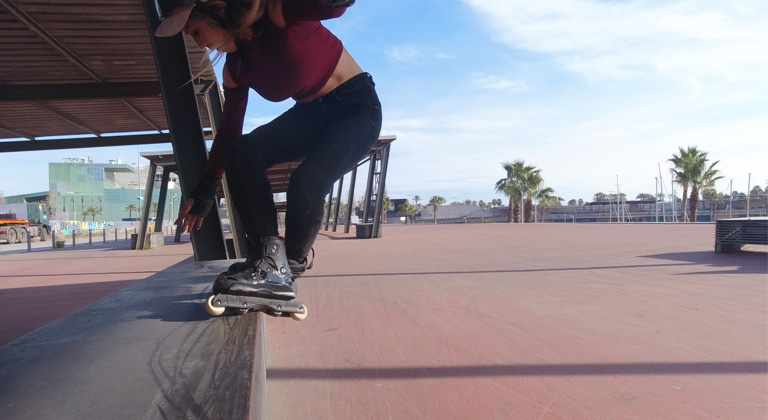
High Intensity Training and CBD
Sport has been a centerpiece in Chema Malavia’s life (IG @chema_trezze) ever since he was six, when he was recommended swimming to correct a back problem. Something that started as a routine would later turn into passion and a lifestyle, and what lead him to achieve a grant from the Spanish Modern Pentathlon Federation in 2007; an opportunity that allowed him to participate in championships for three years on both a European and world-wide scale.
Over the years, Chema has had to train incredibly hard in high intensity center in order to prepare for the five disciplines involved in the pentathlon: swimming, running, fencing, horse jumping and shooting.
“I was frequently injured during those years until I injured my knee and I decided to stop. Sports done at that level is hard both physically and psychologically, because you’re under a lot of pressure and just a few tenths of a second can easily make a difference when it comes to classifying.”
“I use CBD because, thanks to this cannabinoide, I’ve found a new way to relax my muscles when it comes to hard training sessions, and once I’m done it also helps me to reduce mental stress. However, I don’t train as intensely as I used to a few years ago, athleticism is still quite a central part of my life and CBD a great ally.”
“Before, I used to consume cannabidiol using flowers from pure CBD strains, but I then started using e-liquids that contain CBD and delicious flavours thanks to terpenes. I really think that CBD can be useful for athletes, and in some cases it can replace certain types of aggressive medicines such as anti-inflammatories or muscle relaxants; pharmaceutical products which undoubtedly have more secondary effects than this cannabinoid.”
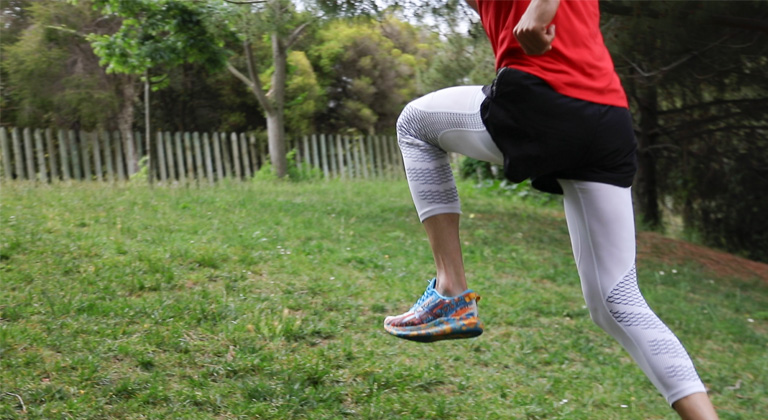
How to Use CBD for Muscle Recovery
There are many ways to use CBD in order to reduce muscle inflammation and relieve pain after intense exercise:
- CBD flowers
- E-Liquids for vaping
- CBD oil for ingesting
- CBD edibles
- Creams used on affected areas
The reality is that each individual consumer can figure out which way to consume CBD is best for them by simply trying them out.
However, it is true that some methods are definitely healthier than others. For example, vaporizing, ingesting or applying CBD through the skin are all much healthier methods than smoking cannabis flowers high in CBD, as you’re avoiding the negative effects associated to combustion.
What’s the Right CBD Dose?
Everybody is different and can react in different ways to different substances, which is why it’s hard to establish a general rule for all consumers. We recommend that, if you’re thinking of using CBD for muscle recovery, start with small doses and increase them until you obtain the desired effect.
Other factors to keep in mind when it comes to choosing how you’re going to take it and how much, are the intensity of the sport as well as the amount of pain you’re suffering and your weight.
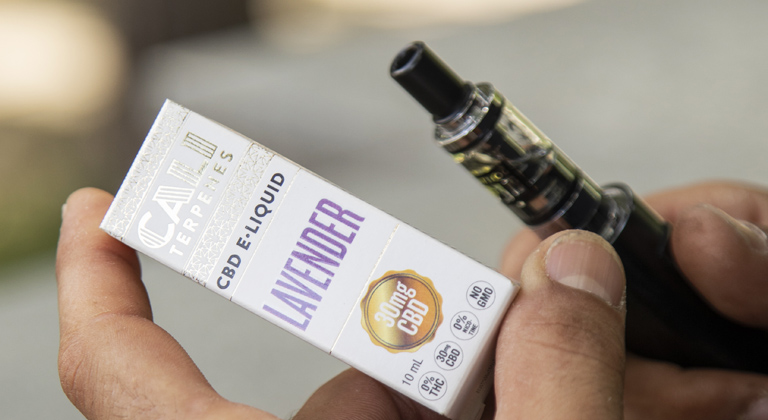
Should I Use CBD Before or After Sports?
It actually depends on each case. There are athletes that prefer to start consuming CBD a few days before an event in order to stay relaxed and keep the mind focused. Others, prefer to use topical cream on affected areas after training.
Other people also prefer to vape CBD e-liquids after training sessions and before sleeping in order to reduce muscle inflammation and get a good night’s sleep. As we were saying earlier, this is a personal decision as each person has specific needs and their own body.
CBD is not considered doping. In fact, in some countries they are allowing athletes to consume THC, obviously with certain timetables and never during a competition.
Is There Relaxing and Stimulating CBD?
CBD in its purest form has a plain, standard effect, although it can be modified by using certain terpene profiles.
Check out our post regarding the effects of vaping terpenes with and without cannabinoids, in which we explain which terpenes can make your experience a more stimulating one (ideal for focusing before training) or a more relaxing one (ideal for relaxing your body after training).
As we were saying, each athlete’s choice to consume CBD can be incredibly different, but one thing is for sure; it’s being used more and more among high intensity circles.
What do you think? Have any questions or ideas? Leave a comment down below.
Until next time!
Cali Terpenes

